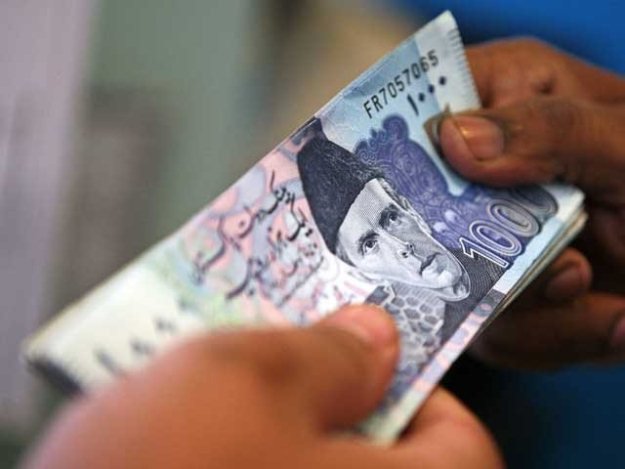
The finance ministry released the last debt management risk indicators report in December 2016. Under a commitment given to the International Monetary Fund, the next report was due in March 2017. However, no report has since been launched.
The report covers indicators such as Pakistan’s foreign currency debt as a percentage of the official foreign currency reserves, debt refinancing risks, interest rate risks and contingent liabilities. Some of those indicators have significantly deteriorated since the publication of the last report.
When public debt does not translate to economic growth
Pakistan had started giving quarterly reports on the insistence of the IMF. The global lender had imposed a structural benchmark that made it binding on the finance ministry to publish quarterly debt management risk reports.
The reports were aimed at covering all government liabilities -- including guarantees -- in order to allow monitoring of fiscal and financial risks and implementation of the medium-term debt strategy.
“The Debt Policy Coordination Office has prepared a report till the period of June 2017 but it requires the approval of the finance minister,” said a ministry official.
Dar is abroad for the past two weeks and he has not announced a date of his return yet.
An accountability court that is hearing a case against Dar on allegations of making assets beyond known sources of income has ordered the minister to appear in person on November 14.
The finance ministry official said the debt office was expecting to receive the approval next week. Under the law, the Debt Policy Coordination Officer directly reports to the finance minister.
World Bank: Pakistan’s macroeconomics conditions have significantly worsened
The IMF has put tremendous focus on building capacity of Pakistan’s debt office that for years remained understaffed. The purpose of strengthening the capacity of the debt office and issuing quarterly reports was to improve transparency, better management of fiscal risks associated with off-budget operations, and debt management.
But the finance ministry official said after the expiry of the IMF the government was not inclined to give quarterly reports. “It now plans to publish biannual reports, as the indicators do not change much in a span of three months.”
Pakistan’s debt sustainability indicators have significantly worsened in the past one year due to increase in foreign exchange and refinancing risks, which appears to be the result of growing domestic borrowing needs and the government’s inclination towards foreign commercial loans.
In its latest report on Pakistan, the World Bank has said Pakistan’s reliance on short-term foreign commercial loans has significantly increased and the government obtained $5.8 billion short-term loans in just two years.
“These bullet facilities of relatively short horizons can create repayment issues in the future,” warned the World Bank.
Although the finance ministry has yet to officially release the risk report, there are indications that the indicator of average time to maturity of public debt has further fallen by the end of FY2016-17, which would increase the refinancing risks.
Pakistan’s external debt repayment capacity weakens
Similarly, short-term foreign currency debt as a percentage of official liquid reserves and net international reserves appeared on the higher end in FY2016-17, which would increase risks attached with the foreign currency-related obligations.
The ratio of domestic debt maturing in one year has also increased by the end of FY2016-17. The ratio of external debt maturing within one year could go up. The share of short-term public debt in total domestic debt has spiked to 44.2% or Rs6.6 trillion by the end of June. The short-term debt was only 36.7% or Rs5.1 trillion in FY2016.
During the past one year, the government’s contingent liabilities also significantly increased, which showed deterioration in public sector enterprises and more borrowings by those state-owned companies for various purposes.
Pakistan’s total debt and liabilities have increased to an alarming Rs25.1 trillion by June this year. In terms of the total size of the economy, the country’s debt and liabilities increased to 78.7% of GDP, which is beyond an acceptable and ‘safe’ benchmark for developing countries like Pakistan.
Out of Rs25.1 trillion, gross public debt, which is the responsibility of the government directly or indirectly, was Rs21.4 trillion or 68.1% of the GDP, according to the SBP data.































1714024018-0/ModiLara-(1)1714024018-0-270x192.webp)










COMMENTS
Comments are moderated and generally will be posted if they are on-topic and not abusive.
For more information, please see our Comments FAQ